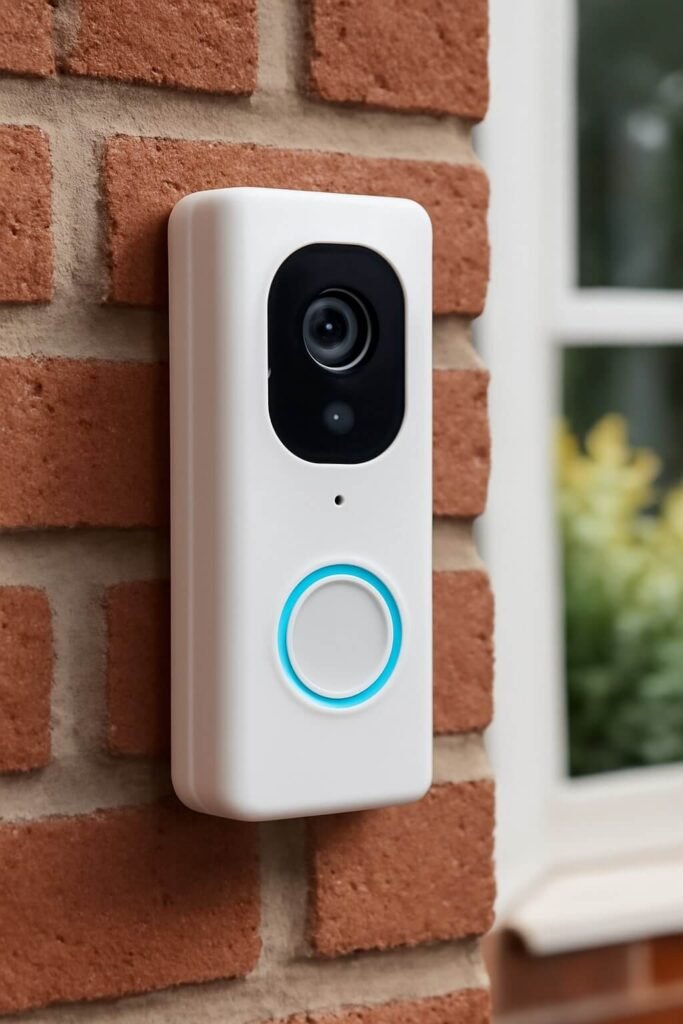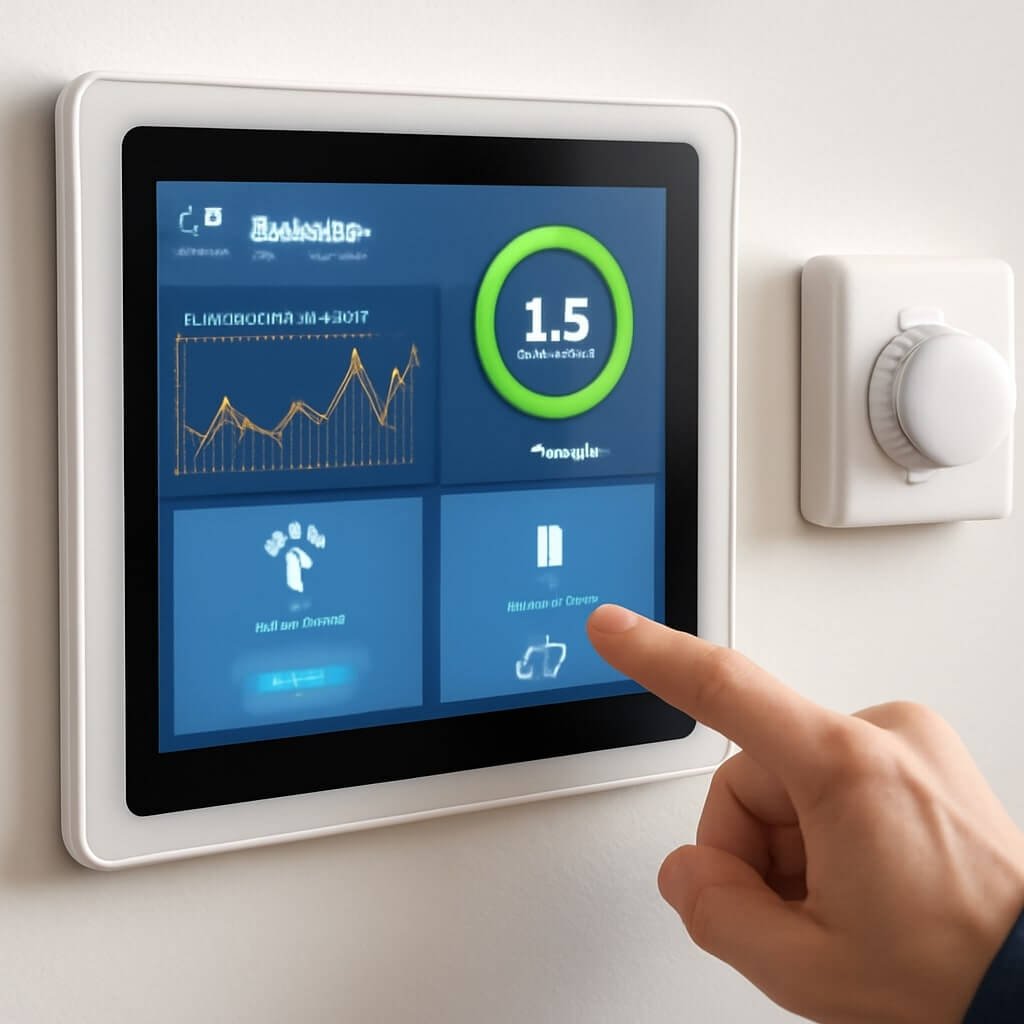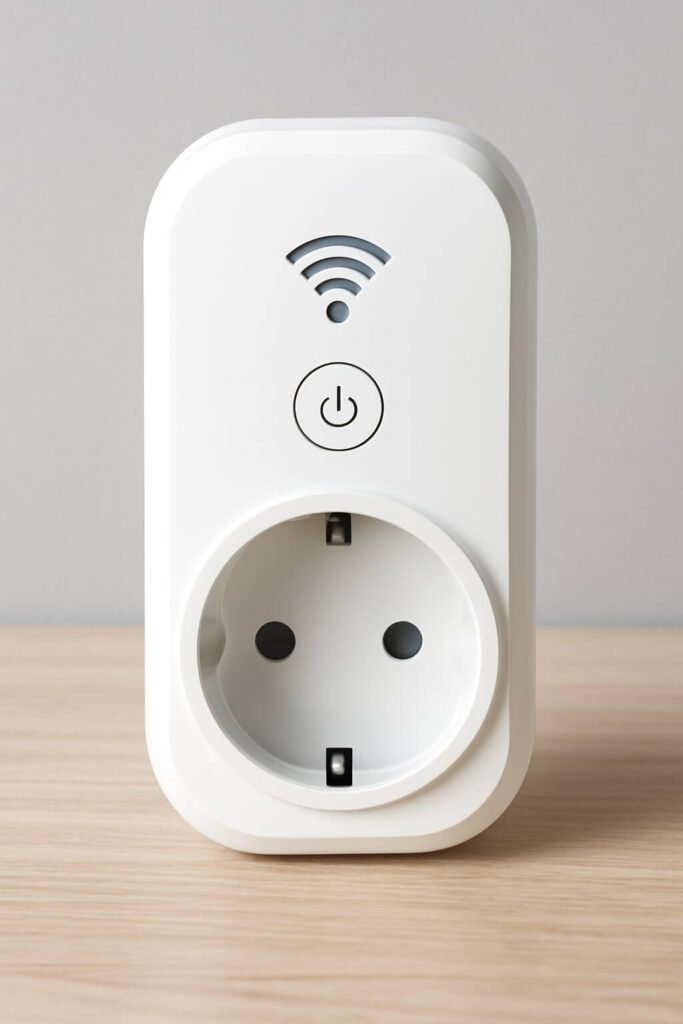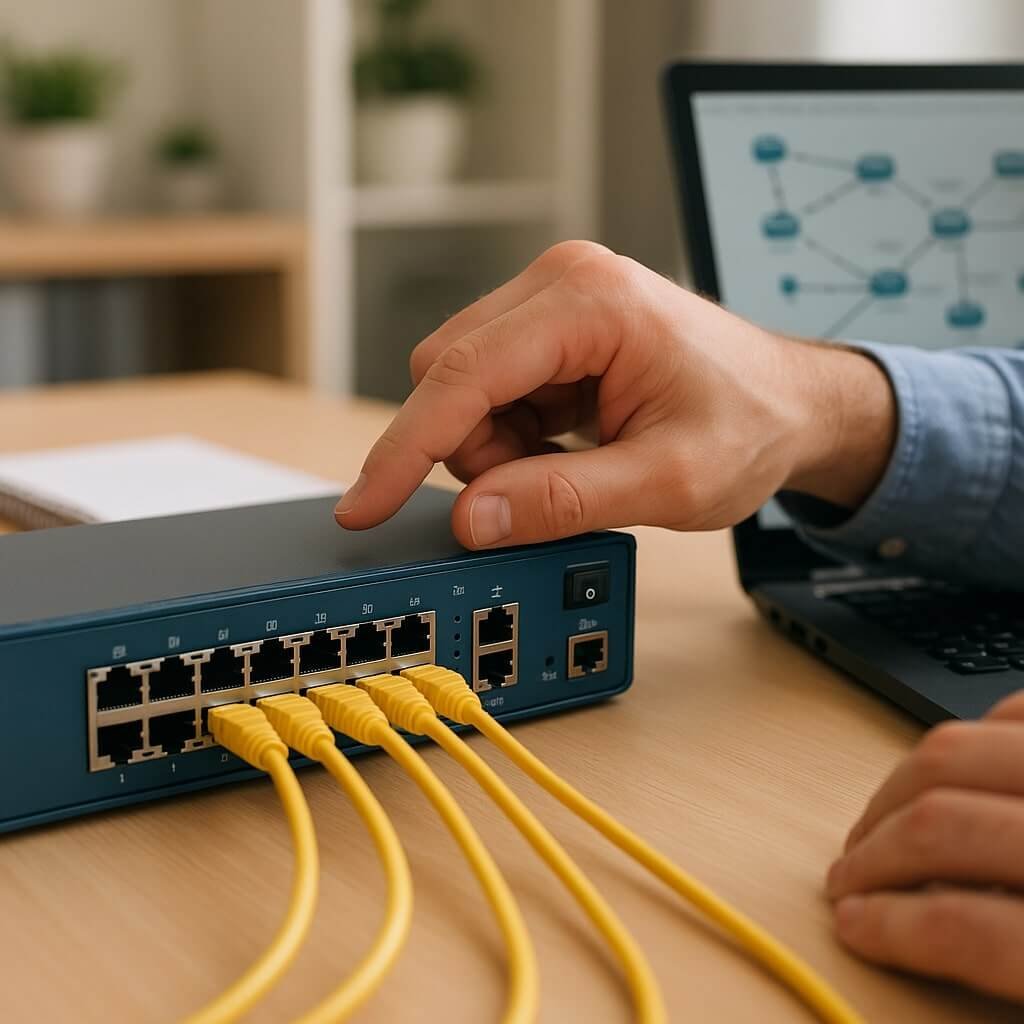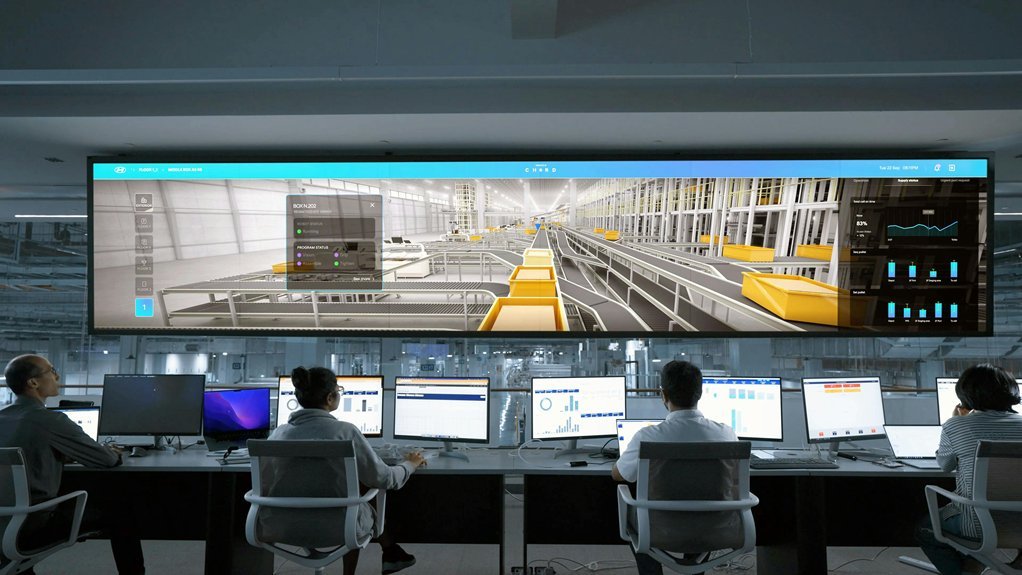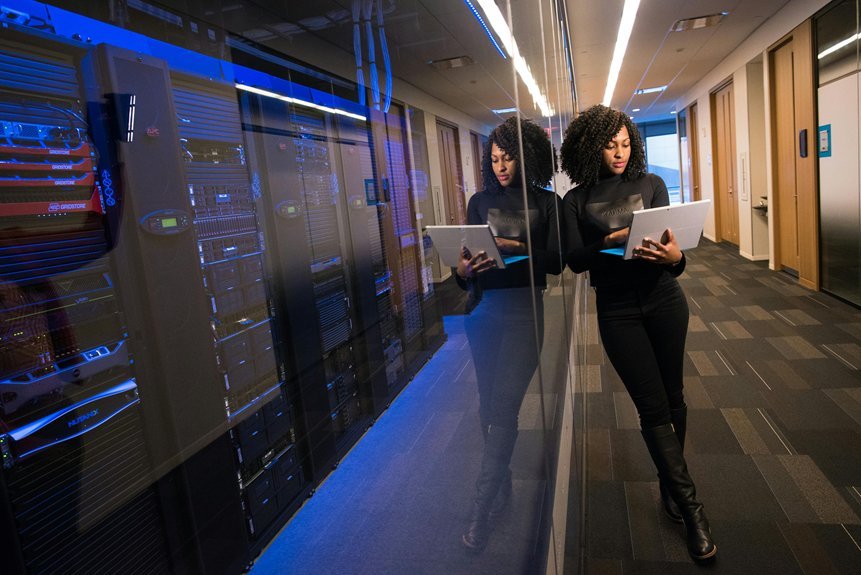Smart home devices have revolutionised the way we live, bringing convenience, comfort, and, importantly, savings on energy bills. With rising energy costs, many homeowners are turning to technology to find smart solutions that reduce consumption and lower monthly expenses. In this article, we’ll explore how smart home devices help reduce your energy bills, uncover the top benefits, and explain how integrating these gadgets into your home can make a significant financial and environmental impact.
Introduction to Smart Home Devices and Energy Savings
Smart home devices refer to electronic gadgets connected to the internet that automate and enhance various household tasks. From controlling lighting and temperature to managing appliances, these devices use sensors, artificial intelligence, and user input to optimise energy usage.
When it comes to reducing energy bills, smart home technology offers several advantages. It provides homeowners with better control, real-time monitoring, and automated settings that ensure energy is used only when necessary. This means less wasted electricity, improved efficiency, and ultimately, a smaller utility bill.
What Are Smart Home Devices?
Smart home devices include a wide range of gadgets designed to connect with each other and to your smartphone or voice assistant. Some popular examples include:
- Smart Thermostats: Adjust heating and cooling based on your schedule or presence.
- Smart Lighting: LED bulbs controlled remotely or set to activate by motion or time.
- Smart Plugs and Outlets: Manage power supply to appliances to prevent energy waste.
- Energy Monitors: Track your household energy consumption in real time.
- Smart Appliances: Refrigerators, washing machines, and other appliances that optimise energy use.
These devices communicate via Wi-Fi, Bluetooth, or Zigbee protocols, allowing centralised control from your smartphone or a home hub.
How Smart Thermostats Optimise Your Heating and Cooling
Heating and cooling systems typically account for nearly half of home energy use. Smart thermostats like Nest, Ecobee, or Honeywell learn your routines and preferences to adjust temperatures automatically. For example:
- Lowering the heat or air conditioning when you’re away or asleep.
- Using weather forecasts to optimise indoor temperatures.
- Detecting open windows or unusual temperature drops.
By tailoring climate control precisely, smart thermostats prevent unnecessary energy consumption, which can cut your heating and cooling costs by up to 20-30%.
Smart Lighting: Bright Ideas to Cut Electricity Cost
Lighting can represent a surprisingly large portion of energy use in a home. Smart lighting systems help reduce this in several ways:
- Switching off lights automatically when rooms are unoccupied via motion sensors.
- Dimming lights during the day or when full brightness isn’t needed.
- Scheduling lights to turn on/off at specific times, avoiding unnecessary usage.
- Use energy-efficient LED bulbs that last longer and consume less power.
Such measures can reduce lighting costs by 10-15% or more annually.
Energy Monitoring and Management Systems
Smart energy monitors provide real-time insights into how your home consumes electricity. They connect to your electrical panel or specific appliances and send detailed data to apps where you can track usage patterns.
Benefits include:
- Identifying high-energy devices that may need replacement or repair.
- Encouraging energy-conscious behaviours through alerts and tips.
- Setting usage targets and receiving notifications if you exceed them.
Over time, this knowledge helps you make smarter decisions that contribute to lower bills.
Smart Appliances That Save Power
Smart refrigerators, washers, and dryers now come with energy-saving modes that adjust cycles based on load size or timing. For instance:
- Washers can run during off-peak hours when electricity rates are lower.
- Refrigerators maintain optimal temperature without wasting energy cooling empty compartments.
- Dishwashers delay cycles to maximise efficiency.
Choosing smart appliances reduces standby energy waste and improves overall efficiency.
Automation and Scheduling for Maximum Efficiency
One of the biggest advantages of smart homes is automation. Using routines or “scenes,” you can program devices to work in harmony:
- Turning off all lights and lowering the thermostat when you leave home.
- Running appliances during cheaper energy periods.
- Adjusting window blinds based on sunlight to reduce cooling needs.
Geofencing technology detects when you’re arriving or leaving and triggers these automations automatically, ensuring no energy is wasted.
The Role of Voice Assistants in Energy Management
Voice assistants like Amazon Alexa, Google Assistant, and Apple Siri simplify smart home control. You can:
- Turn off devices without leaving your seat.
- Ask for real-time energy usage stats.
- Control multiple devices with simple commands.
This ease of use encourages consistent energy-saving habits.
Integrating Solar Panels with Smart Home Technology
Solar panels generate clean energy, but managing their output efficiently is crucial. Smart home systems can:
- Monitor solar production versus household consumption.
- Store excess energy in batteries.
- Optimise when to use solar power or grid electricity.
This integration maximizes savings and enhances energy independence.
Cost Savings: How Much Can You Really Save?
Studies show homeowners can save between 10% to 30% on energy bills by using smart home devices. Initial costs vary, but many devices pay for themselves in 1–3 years through reduced energy consumption.
Here’s a quick comparison table:
| Device Type | Average Cost | Potential Annual Savings | ROI Period (Years) |
|---|---|---|---|
| Smart Thermostat | $120-$250 | $100-$150 | 1-2 |
| Smart Lighting | $10-$50/bulb | $30-$60 per household | <1 |
| Energy Monitor | $70-$200 | $50-$100 | 1-3 |
| Smart Appliances | $500-$1500+ | $50-$200 | 2-5 |
Environmental Impact: Beyond Your Energy Bills
Lower energy consumption means fewer greenhouse gas emissions. Smart homes contribute to:
- Reducing carbon footprint.
- Supporting sustainability goals.
- Conserving natural resources.
By adopting smart technology, you join millions working towards a greener planet.
Common Challenges and How to Overcome Them
Despite the benefits, there are some hurdles:
- Upfront costs: Mitigated by rebates and energy incentives.
- Privacy concerns: Choose devices with strong security and data policies.
- Compatibility issues: Use hubs and platforms that support multiple brands.
Proper research and planning help smooth the transition.
Future Trends in Smart Home Energy Management
The future looks bright with innovations like:
- AI-driven predictive energy usage.
- More seamless integration across devices.
- Smart grids that dynamically manage demand.
These advances promise even greater savings and convenience.
FAQs About Smart Home Devices and Energy Savings
Are smart thermostats compatible with all HVAC systems?
Most smart thermostats work with common systems, but it’s best to check compatibility with your current setup before purchasing.
Can smart lighting reduce my electricity bill?
Yes, by automating usage and utilising LEDs, smart lighting can lower electricity costs significantly.
Is it difficult to install smart home devices?
Many devices are designed for easy DIY installation, but professional help is available for complex setups.
How secure are smart home devices?
Security varies by brand. Choose devices with regular updates, encryption, and strong privacy policies.
Do smart appliances use more energy because they are connected?
No, smart appliances typically use less energy thanks to optimised cycles and standby management.
Are there any government incentives for smart home energy devices?
Yes, many regions offer rebates and tax credits for energy-efficient smart devices. Check local programs for details.
Conclusion: Embrace Smart Home Technology for Energy Savings
Smart home devices offer practical and impactful ways to reduce your energy bills while promoting sustainability. By automating energy use, providing real-time insights, and integrating with renewable sources, these technologies empower homeowners to save money and help the environment. Whether you start with a smart thermostat or gradually add lighting, appliances, and monitoring systems, the benefits are clear and growing every day.

